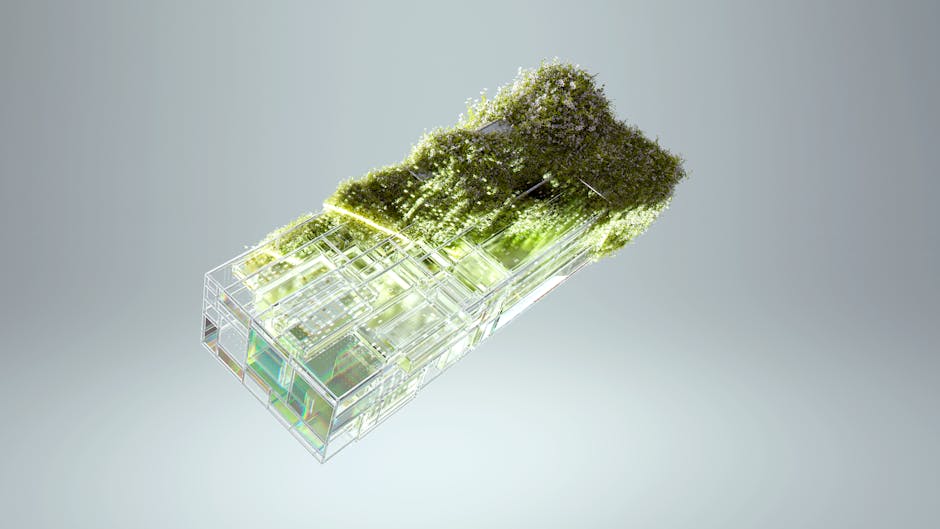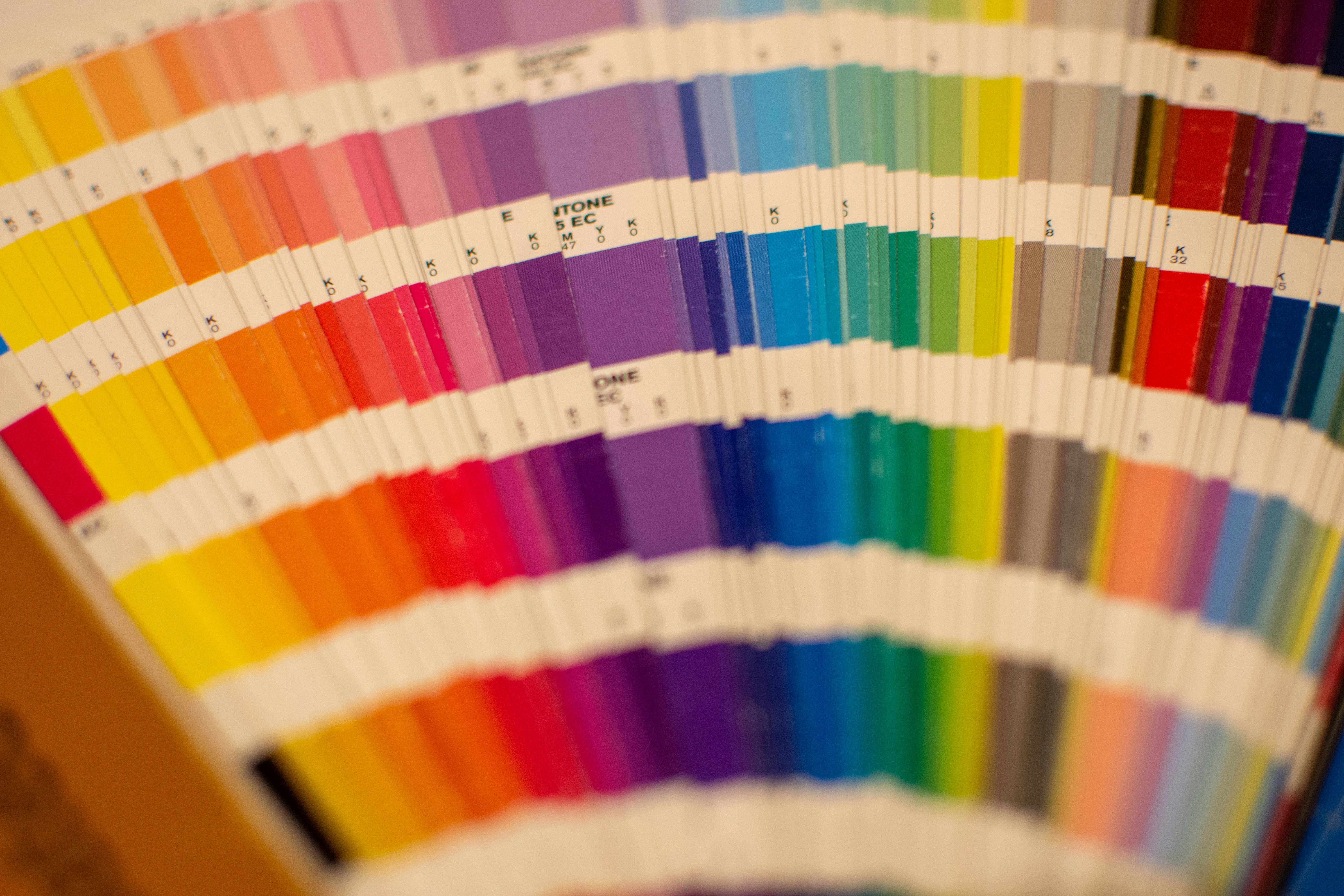Biophilic Design: Transform Your Home with Living Art Installations
Imagine stepping into your home and feeling an immediate connection to nature. That’s the magic of Biophilic Design, where living art installations integrate with your home decor, bringing the vibrant essence of the natural world indoors. In 2025, more homeowners are embracing this design philosophy, allowing plants, organic materials, and nature-inspired aesthetics to enhance their living spaces and overall well-being. Let’s explore how you can incorporate biophilic design into your home, transforming it into a serene, stylish sanctuary.
What is Biophilic Design?

At its core, biophilic design is all about creating an environment that fosters our innate connection to nature. It's not just about houseplants or floral motifs; it's about integrating elements that promote health, happiness, and sustainability. According to a report by the Harvard Business Review, environments designed with biophilic principles can enhance cognitive function and well-being. This makes biophilic design not just an aesthetic choice but a conscientious lifestyle decision.
The Benefits of Living Art Installations

-
Improved Air Quality: Plants naturally filter toxins from the air, making your space not just visually appealing but healthier for you and your family. Consider adding living walls or vertical gardens as stunning focal points. Not only do they enhance air quality, but they also serve as unique pieces of art in your home.
-
Aesthetic Appeal: Living art installations, such as wall-mounted planters or hanging gardens, can create a visually striking centerpiece that sparks conversation. Unlike traditional art, living art changes with seasons, offering dynamic beauty.
-
Stress Reduction: Numerous studies show that bringing nature into our homes can reduce stress levels and promote relaxation. Views of greenery and the presence of plants can lower blood pressure and substantially improve mental well-being.
-
Increased Productivity: In work-from-home setups, integrating elements of biophilic design can lead to higher productivity. Natural elements have been shown to aid concentration and creativity, essential for those balancing multiple roles.
-
Sustainability: By creating installations that prioritize sustainable materials, you can positively impact the environment. Reusing materials or opting for local sources for your plants can align your living space with eco-friendly practices.
How to Integrate Biophilic Design into Your Home

1. Start Small with Indoor Plants
If you're new to biophilic design, begin with simple indoor plants. Popular choices include snake plants, pothos, and peace lilies—species renowned for their air-purifying abilities. Position them near windows for optimal sunlight, or use grow lights to ensure they thrive, even in darker spaces.
2. Create a Living Wall
Transform a blank wall into a stunning vertical garden. You can find affordable kits that enable you to mount plants vertically, creating an eye-catching display in your living room or a peaceful atmosphere in your office. Visit this guide on biophilic design to delve deeper into successful implementations of this concept.
3. Design with Natural Materials
Use furniture and decor items made from sustainable materials like bamboo, reclaimed wood, or organic textiles. Not only do these materials promote environmental consciousness, but they also add warmth and texture to your space. Consider reading about timeless textures and how they can enhance your home’s aesthetic.
4. Incorporate Water Features
Adding a small indoor fountain can create an auditory ambiance that mimics the calming sound of flowing water. Whether it's a tabletop fountain or an entire wall installation, the gentle sound of water can significantly enhance tranquility.
5. Use Color to Reflect Nature
Select paint or decorative accents that echo natural hues—think soft greens, earthy browns, and ocean blues. These colors foster a sense of peace and connection to the natural world, complementing the living art installations in your home.
6. Light Matters: Integrate Natural Light Sources
Maximizing natural light will not only reduce your energy costs but will also celebrate the beauty of your living art. Use mirrors to reflect and amplify sunlight, making your spaces feel brighter and more inviting.
7. Infuse Natural Scents
Incorporate aromatic plants or essential oils in your home. This can go hand in hand with creating sensory spaces. Try making your own DIY aromatherapy station with a selection of scents that promote relaxation or productivity, as discussed in this aromatherapy guide.
Crafting Living Art Installations

Creating your own living installations can seem daunting, but it can also be extremely rewarding. Here’s how to get started:
1. Choose the Right Plants
Select plants based on their light and water needs as well as your personal style. Succulents and air plants are great low-maintenance options if you have a busy lifestyle. If you're more experienced, dive into using tropical or flowering plants that require regular care.
2. Explore Plant Arrangement Styles
Explore creative plant arrangements that play with height, color, and texture. Make use of hanging planters, shelves, or terrariums. Don’t hesitate to mix various species; diverse plants can enhance visual appeal while also serving different environmental functions.
3. Make It Interactive
Consider adding elements like living moss on a picture frame or incorporating butterfly gardens within your installations. The idea of fostering living environments extends beyond simple aesthetics—engaging with nature can deepen your interest in plant care and environmental sustainability.
4. Document Your Progress
Celebrate the growth of your installations by documenting the changes over time. Before-and-after photos can be a fun way to see how your living art transforms with seasons or in response to your nurturing.
The Role of Technology in Biophilic Design

As technology advances, the possibilities for integrating biophilic design expand. For instance, consider smart gardens equipped with self-watering systems or sensors that monitor the health of your plants. These innovations make it easier for those without a green thumb to maintain a thriving indoor garden.
Additionally, augmented reality (AR) is revolutionizing home decor by allowing you to visualize plants and installations in your space before committing. Projects like biophilic design and AR pave the way for an exciting and interactive way to engage with design.
Biophilic Design for Apartments and Small Spaces

You may think biophilic design is reserved for spacious homes, but this style can shine in even the coziest apartments. Here are strategic ways to bring biophilic elements into compact living areas:
1. Vertical Gardens: For apartments, installing vertical gardens or using wall-mounted planters makes efficient use of space while allowing you to enjoy nature indoors.
2. Multi-Functional Furniture: Opt for furniture that incorporates plant space—like coffee tables with integrated planters. This can blend functionality with aesthetics effortlessly.
3. Choose Space-Efficient Plants: Compact plants, like mini succulents or air plants, can thrive without overwhelming your space. These little green accents can fit on bookshelves, countertops, or window sills.
4. Reflective Surfaces: Mirrors can create a sense of openness while reflecting the greenery you've incorporated. This visual trick can make small spaces feel larger and livelier.
Personalizing Your Biophilic Decor

Personalization gives biophilic design a unique twist, adding emotional connections to your living art. Here are some ideas for infusing your personality into the space:
-
Family Heirlooms: Incorporate plants in vintage pots passed down through generations. This creates a meaningful narrative while showcasing your style.
-
Nature Memories: Frame photos from travels focused on natural landscapes and incorporate these into the living art installations. This gives your space a narrative element tied to personal experiences.
-
Story Concepts: Create areas that reflect different seasons or natural themes, enhancing the narrative of nature’s cycle and the storytelling aspect of your home.
Final Thoughts
Transforming your home with biophilic design through living art installations is not just a trend; it's a holistic approach to living harmoniously with nature. By consciously blending elements of the natural world into your decor, you can enjoy increased well-being, serenity, and beauty every day. Start small, play with your design, and let creativity guide you toward crafting a space that reflects your personality and nurtures your spirit.
By weaving together plants, materials, and sensory experiences, you’ll discover that the boundaries between your indoor existence and the natural world begin to blur, creating a refreshing ambiance in your living space.
For more inspiration on enhancing your home with natural elements and innovative design ideas, check out other articles such as transforming homes with tactile decor or exploring the art of sound in home decor here.



